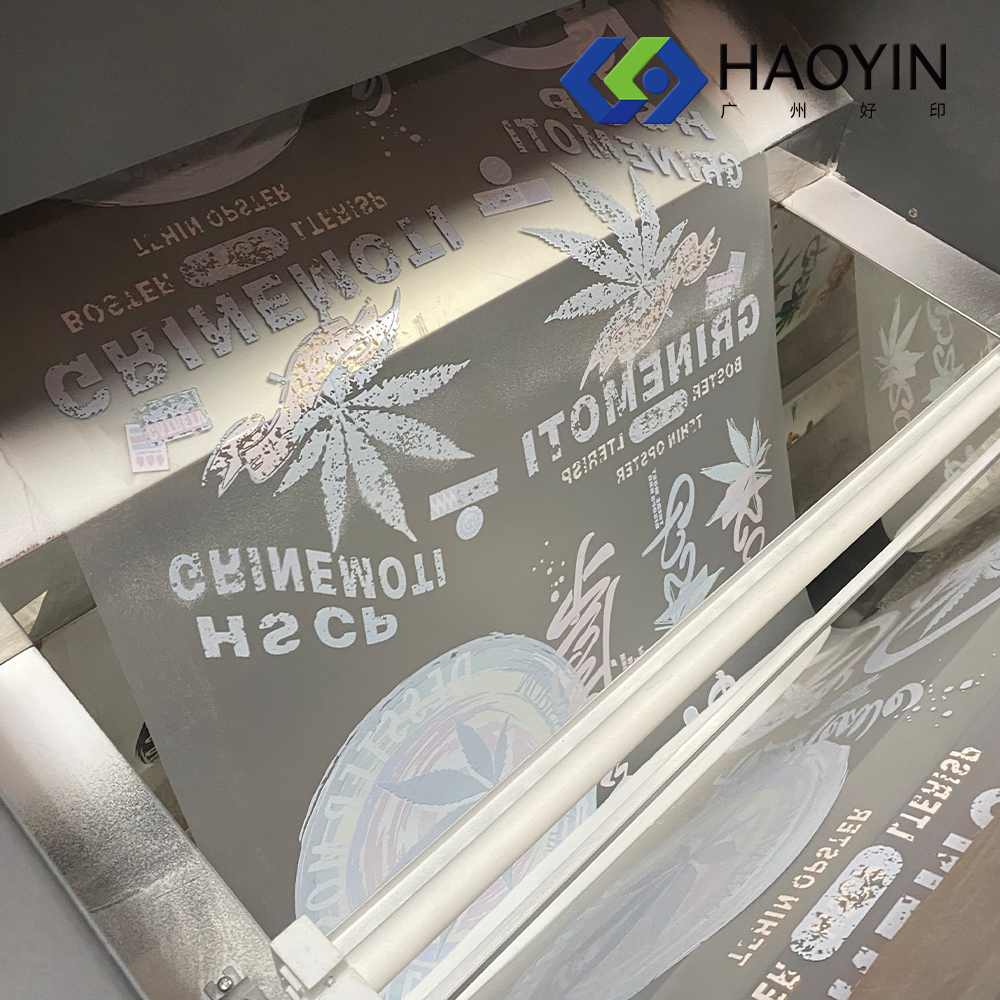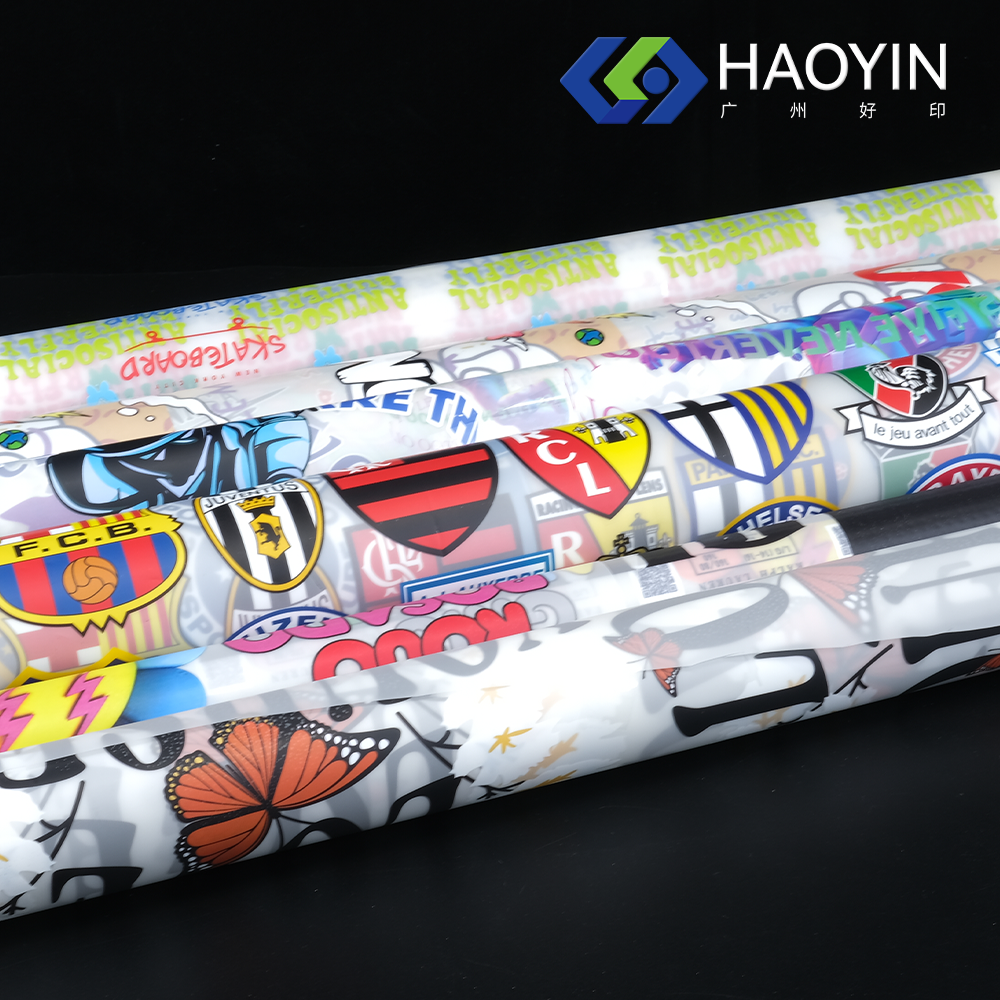Understanding the Fundamentals of DTF Transfer Film Technology
Direct-to-film (DTF) printing has revolutionized the custom apparel and textile decoration industry. At the heart of this innovative technology lies DTF film, a specialized polyethylene terephthalate (PET) material that serves as the crucial medium for transferring designs onto various fabrics. The quality of your DTF film can make or break your printing business, affecting everything from print clarity to transfer durability.
The growing popularity of DTF printing technology has led to an influx of DTF film options in the market. Understanding how to select the right film is essential for achieving professional results and maintaining customer satisfaction. This comprehensive guide will walk you through the critical aspects of DTF film selection, helping you make informed decisions for your printing operations.
Essential Characteristics of Premium DTF Film
Surface Coating and Adhesion Properties
The coating quality of DTF film plays a pivotal role in print success. Premium DTF film features a specially formulated coating that provides optimal ink reception and adhesion. This coating must maintain consistency across the entire surface to ensure uniform print quality and prevent issues like spotting or uneven ink distribution.
High-quality DTF film demonstrates excellent adhesion properties, allowing the white powder adhesive to bond effectively with both the printed design and the target fabric. The coating should be neither too thick (which can lead to cracking) nor too thin (which may result in poor ink adhesion).
Thickness and Dimensional Stability
The ideal thickness of DTF film typically ranges between 75 and 100 microns. This optimal range ensures the film is sturdy enough to handle processing while remaining flexible enough for smooth transfer. Films that are too thin may wrinkle or curl during printing, while overly thick films can affect transfer quality and durability.
Dimensional stability is crucial during the heating process. Quality DTF film maintains its shape and size when exposed to heat, preventing distortion of the printed design. This stability ensures accurate registration and consistent results across multiple prints.

Technical Specifications and Performance Indicators
Heat Resistance and Transfer Temperature Range
Superior DTF film must withstand the high temperatures required during the transfer process without degrading or yellowing. The film should maintain its integrity within a temperature range of 160-180°C (320-356°F). This heat resistance ensures clean transfers and prevents issues like film melting or design distortion.
The film's thermal properties also affect its release characteristics. Quality DTF film releases smoothly from the fabric after proper heat application, leaving behind a clean, well-adhered design without any residual film or ghost images.
Print Resolution and Color Vibrancy
The surface properties of DTF film directly impact print quality. Premium films support high-resolution printing up to 1440 DPI, allowing for crisp, detailed designs with smooth gradients and sharp text. The coating formulation should enable excellent color reproduction and vibrancy while preventing ink bleeding or spreading.
Color fastness and wash resistance are also crucial performance indicators. Quality DTF film helps maintain color intensity even after multiple washes, ensuring customer satisfaction and long-lasting prints.
Production Efficiency and Handling Considerations
Roll Configuration and Storage Requirements
Professional-grade DTF film comes in various roll configurations to suit different production needs. The film should unroll smoothly without static buildup or edge curling. Proper core size and tension control are essential for consistent feeding through DTF printers.
Storage conditions significantly impact film performance. Quality DTF film maintains its properties when stored in controlled environments (20-25°C, 40-60% relative humidity). Manufacturers should provide clear storage guidelines and shelf-life information.
Processing and Workflow Integration
The best DTF film options are designed for seamless integration into existing workflow systems. They should be compatible with standard DTF printers and require minimal adjustments to printing parameters. The film's release liner should separate easily during the powder application process without tearing or leaving residue.
Consider the film's drying time and powder adhesion characteristics, as these factors affect production speed and efficiency. Quality films allow for quick drying without requiring excessive heat or time, optimizing throughput without compromising print quality.
Evaluating DTF Film Quality Before Purchase
Sample Testing and Quality Assurance
Before committing to bulk purchases, conduct thorough sample testing of DTF film options. Request sample rolls from suppliers and perform print tests across various fabric types. Evaluate aspects such as print quality, transfer success rate, and wash resistance through multiple test cycles.
Document test results systematically, comparing different films under identical conditions. Pay attention to consistency between batches and the supplier's quality control measures. Reliable manufacturers will provide detailed specifications and quality certifications.
Cost-Benefit Analysis and Supplier Reliability
While premium DTF film may command higher prices, the long-term benefits often justify the investment. Calculate the total cost of ownership, including factors like waste reduction, production efficiency, and customer satisfaction. Consider the supplier's reputation, technical support, and ability to maintain consistent supply.
Establish relationships with suppliers who demonstrate commitment to product development and customer service. Regular communication and feedback channels ensure continuous improvement and problem resolution.
Frequently Asked Questions
What is the optimal thickness for DTF film?
The ideal thickness for DTF film typically ranges between 75-100 microns. This range provides the best balance between handling stability and transfer quality. Films within this thickness range offer optimal performance in terms of print reception, heat transfer, and durability.
How should DTF film be stored to maintain quality?
Store DTF film in a controlled environment with temperatures between 20-25°C (68-77°F) and relative humidity between 40-60%. Keep rolls in their original packaging until use, store them horizontally, and avoid exposure to direct sunlight or extreme temperature variations.
What causes DTF film to curl or wrinkle during printing?
Film curling or wrinkling can result from improper storage conditions, incorrect tension during printing, or using film that's too thin for your specific printer model. Maintaining proper environmental conditions and using quality film with appropriate thickness can minimize these issues.
How can you test DTF film quality before bulk purchase?
Request sample rolls from suppliers and perform comprehensive testing including print quality assessment, transfer success rates, wash resistance tests, and durability evaluations. Compare results across different fabric types and document performance metrics systematically before making bulk purchase decisions.



